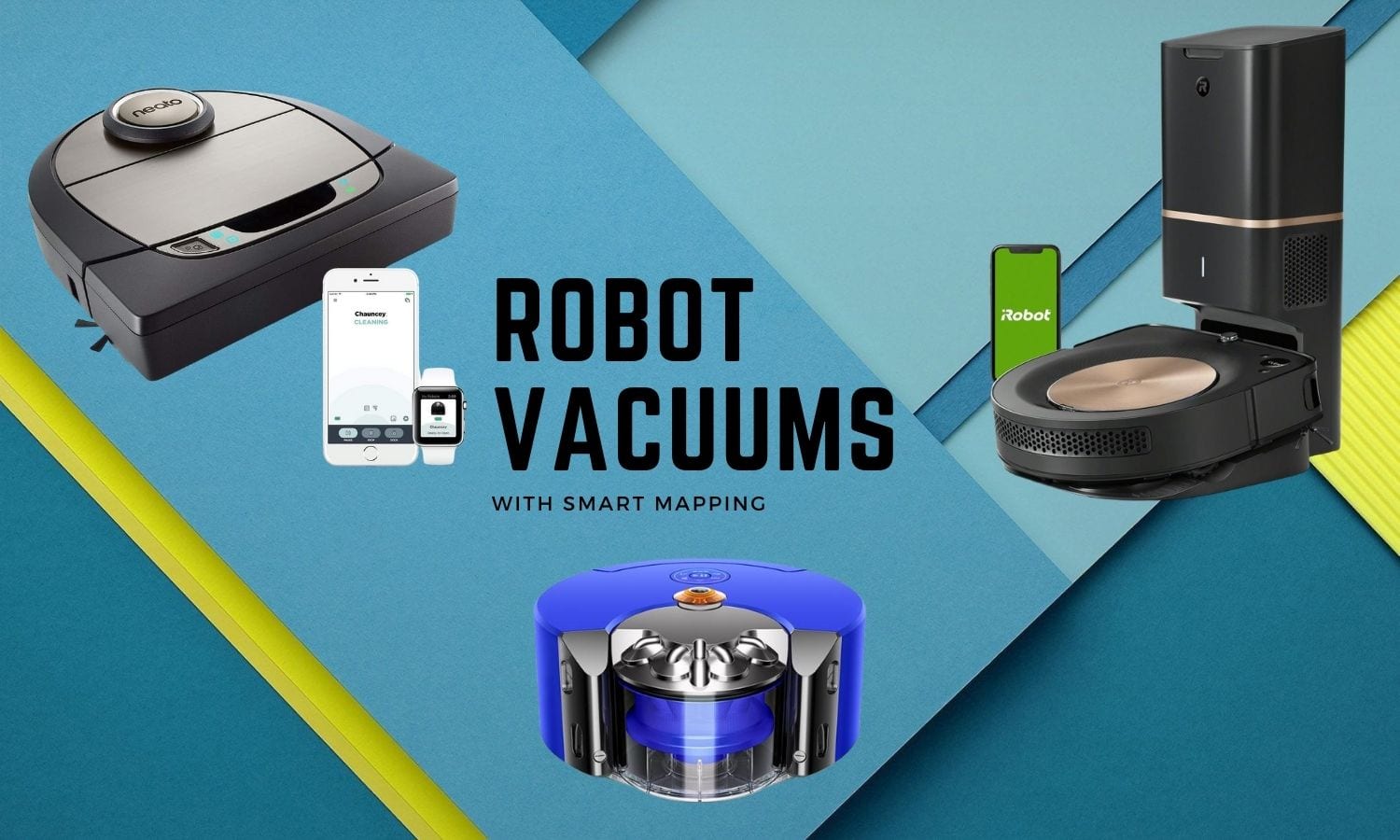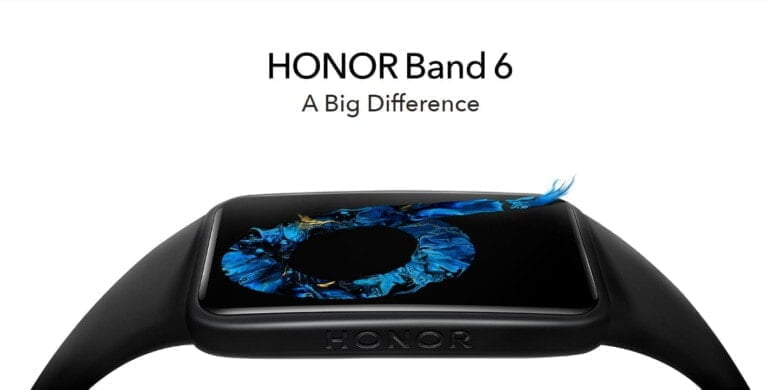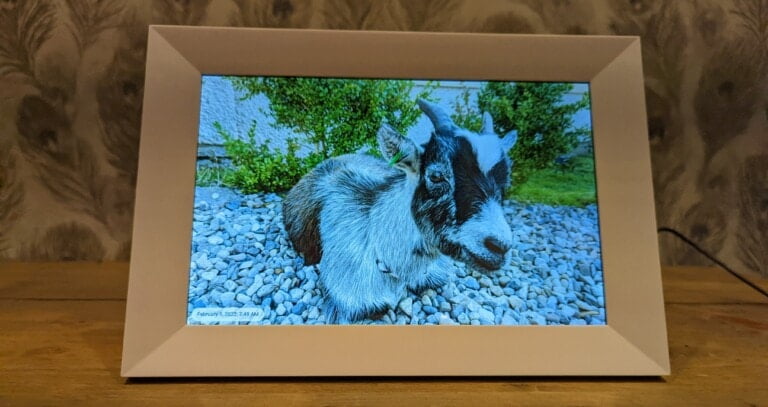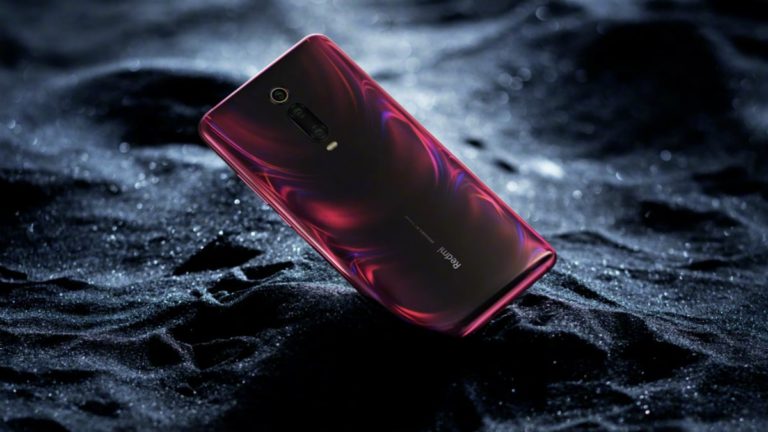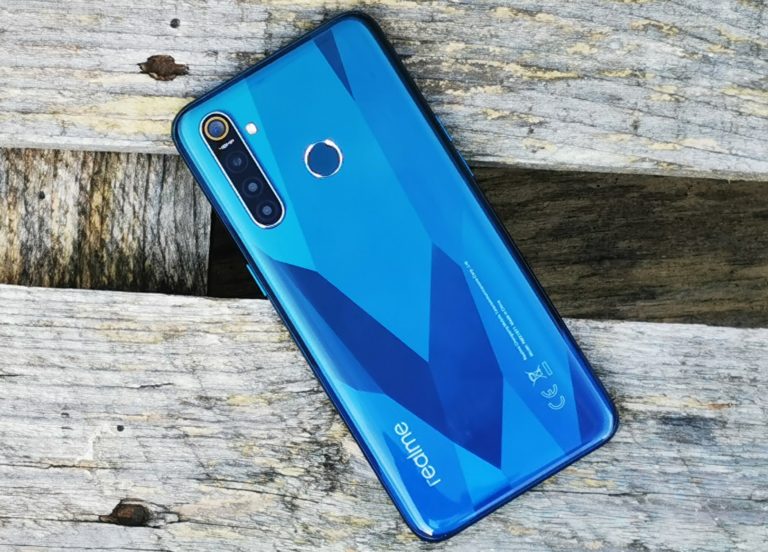Any links to online stores should be assumed to be affiliates. The company or PR agency provides all or most review samples. They have no control over my content, and I provide my honest opinion.
Robot vacuums have boomed in popularity in recent years, for good reason, no one enjoys vacuuming.
I have reviewed a lot of robotic vacuums, most of them being Eufy RoboVac vacuums, but also other brands. I use the Eufy daily in my kitchen, and it has worked amazing.
However, it doesn’t clean all the rooms in the house, there are just too many rooms and corners for it to successfully get around due to its lack of navigation.
Recently, I had some time with the new Yeedi Vac Station, which uses smart mapping to map out all your rooms and automatically go back to its station when the battery is dying. With this smart mapping technology, it usefully worked its way around the kitchen, two living rooms, a toilet and the hallway.
I am completely converted to the idea of a smart mapping robotic vacuum. Sadly, my Yeedi review sample was designed for the US, and the differences in voltages meant its charge station failed on me. So, I am unable to do a full review or even use it at all anymore.
With a plan to upgrade my Eufy to something smarter, I have found the best options in the UK for smart mapping robotic vacuums
iRobot Roomba S9 and i7 models from £600 using camera-based VSLAM
| Preview | Product | Rating | Price | |
|---|---|---|---|---|

| iRobot ROOMBA S9+ Saugroboter | £1,299.00 | Buy on Amazon | |

| iRobot® Roomba® i715640 connected Robot Vacuum with Dual... | £840.00 | Buy on Amazon |
When it comes to the world of robot vacuums, iRobot’s Roomba has consistently been a frontrunner. Known for their innovation, reliability, and technological prowess, Roomba vacuums have carved out a niche for themselves that’s hard to ignore. From basic, budget-friendly models to high-end devices, iRobot has a wide range of offerings that often feature some of the most cutting-edge navigation technology available.
Visual Simultaneous Localisation and Mapping (vSLAM) has become a cornerstone of Roomba’s navigation technology in some of their newer models, like the Roomba i7 and Roomba s9.
They arguably have the best models on the market, but you also pay for it.
The top-of-the-range Roomba s9+ is their top-of-the-range model at a massive £1500, but it offers full mapping, auto emptying for 30 bins of dirt and a superior deep cleaning thanks to improved suction and a 3-stage system. If I won the lottery, I’d definitely buy this, but it is a hard recommendation for regular poor people like myself.
They have more affordable models, too. The iRobot Roomba i7158 is £600, but it lacks the auto-emptying station, but you get the full mapping functionality, or you can pay £200 more for the self-emptying i7558 at £800.
Eufy Robot Vacuums
I have always been a fan of everything that Anker does. I’d like to think I am brand agnostic, but Anker ticks the right boxes for me, offering a good balance of affordability and performance. Their early RoboVacs were quite basic. They launched a lot of models without any proper navigation, instead favouring things like gyro-navigation where the robot bounces around but in nice straight lines. Even now, robots such as the Eufy Clean G40+ use gyro-navigation rather than LiDAR or vSLAM.
However, they have been launching increasingly advanced vacuums.
RoboVac X8 Hybrid
| Preview | Product | Rating | Price | |
|---|---|---|---|---|

| eufy by Anker, RoboVac X8 Hybrid, Robot Vacuum Cleaner with... |
£299.99 | Buy on Amazon |
The RoboVac X8 Hybrid is a LiDAR-based vacuum that Eufy call iPath Laser Navigation. It has a twin turbine suction for improved 2× 2000 Pa suction, which is much higher than competing models. They also claim the large 400ml capacity dust box uses UltraPack dust compression for a 127% increase in dust storage.
The mapping has the usual features you’d expect including:
- Multi-Floor Mapping
- Zone Cleaning
- Pick No-Go Zones
- Targeted Spot Cleaning
Pricing is reasonable, too. It has an RRP of £449 but is available for £349.
Eufy Clean X9 Pro
| Preview | Product | Rating | Price | |
|---|---|---|---|---|

| eufy X9 Pro Robot Vacuum Cleaner with MopMaster™ Adaptive... |
£599.00 | Buy on Amazon |
The Eufy Clean X9 Pro is the latest launch and the most advanced robot vacuum Eufy has released and is one of the most advanced on the market.
This combines multiple sensors for navigation. Eufy states it uses 3D ToF and an RGB camera. The RGB camera will provide the vSLAM functionality, allowing it to achieve superior obstacle avoidance than Lidar systems as it can see what is in front of it on the floor. However, it seems that it has four sensors in total, and this will allow it to do both Lidar and vSLAM with superior navigation. The sensors include:
- 3-dimensional time-of-flight sensor:
- Distance measurement function
- 224‑by‑172 resolution at 10 fps
- 122° horizontal and 98° vertical field of view
- Camera sensor:
- 1920‑by‑1080 resolution
- 123° horizontal and 80° vertical field of view
- Infrared radiation sensors:
- Distance measurement function
- 15 mm ~ 150 mm detection distance
- Lidar:
- 2300Hz detection frequency
- 0.15 m ~ 8.0 m detection distance
- ≤2% detection accuracy at 8 m
This vacuum is also designed to mop your floors and includes a self-cleaning station. However, the station does not empty its dustbin, whereas some more expensive options can do both. As you’d expect, this advanced robot vacuum comes with a premium price of £900.
Dyson 360 Heurist for £800 with vSLAM
| Preview | Product | Rating | Price | |
|---|---|---|---|---|

| Dyson DYS-5042335 360 Heurist Vacuum Cleaner Robot Nickel... | £949.00 | Buy on Amazon |
Dyson doesn’t provide any specifics on the suction power, but many reviewers state this has exceptional cleaning power, superior to most competing products. It uses visual SLAM like the iRobot. However, the camera also has some LEDs running around it, allowing it to perform better in low-lit rooms.
Neato Robotics D7 / D6 / D4 Robot Vacuum using LiDAR
For something a little more affordable, you have the Neato range of vacuums, which all offer LiDAR navigation.
The Neato Robotics D701 is available on Amazon for £449.99 currently
The Neato Robotics D6 is available on Amazon for £397.00 currently
The Neato Robotics D4 is available on Amazon for £373.73 currently
Ecovacs DEEBOT OZMO 920 & N8+ with LiDAR
| Preview | Product | Rating | Price | |
|---|---|---|---|---|

| ECOVACS DEEBOT T20 OMNI Robot Vacuum Cleaner 6000Pa, Auto... |
£799.00 | Buy on Amazon | |
  | ECOVACS DEEBOT N8+ Robot Vacuum Cleaner 2300Pa with OZMO™... |
£299.00 | Buy on Amazon |
The Ecovacs OZMO 920 is the cheapest smart mapping robotic vacuum I can find. Similar to Neato, it uses LiDAR and also has a mopping function. The run time is 110 mins
The Ecovacs OZMO 920 is available on Amazon for £369.98, but there is also currently a £70 off voucher, taking it down to just under £300, making it an absolute bargain.
The DEEBOT N8+ is a high end model offering LiDAR navigation, auto-emptying, mopping and a strong 2300Pa suction with the same 110min as the Ozmo 920. This is available from Amazon for £509.99, which is not cheap but, at the same time, the most affordable reputable brand with navigation and an auto-empty station.
Ecovacs DEEBOT T20 OMNI & DEEBOT X1 OMNI
| Preview | Product | Rating | Price | |
|---|---|---|---|---|
   | ECOVACS DEEBOT T20 OMNI Robot Vacuum Cleaner 6000Pa, Auto... |
£799.00 | Buy on Amazon | |
  | ECOVACS DEEBOT X1 OMNI Robot Vacuum Cleaner, Auto Mop... |
£715.75 | Buy on Amazon |
This is a new model for 2023 that competes with the Eufy Clean X9 Pro and Roborock S7 Max. It is a flagship device that vacuums and mops. It then has a wash station and a dust emptying station.
It has a superior suction of 600Pa vs. both Eufy and Roborock.
For navigation, it has LiDAR with what they call TrueMapping 2.0 (DToF Laser), but it doesn’t appear to have full vSLAM, it instead uses 3D Structured Light for obstacle avoidance, which I assume is a 3D ToF sensor.
The older DEEBOT X1 OMNI, was one of the first robot vacuums to combine as much technology as possible. This has the same auto wash and emptying station. However, the mop washing isn’t a hot water wash like the T20, and it doesn’t have an automatic mop lift, which limits its usefulness for mixed floor environments.
It then has the same LiDAR as the T20, but for object detection, it has both. AIVI3.0Cam+3D Structured Light/
Originally, this cost an astronomical £1500, but it is available for around £800 now.
Proscenic M7 PRO with LiDAR for under £300 and auto-empty station upgrade for £79
| Preview | Product | Rating | Price | |
|---|---|---|---|---|
  | Proscenic M7 PRO WLAN Robot Vacuum Cleaner, with Laser... | 3,240 Reviews | Buy on Amazon |
Well-reviewed but a lesser-known brand, the Proscenic M7 PRO offers good value for money.
I was tempted not to list this one because I find the Amazon listing to be a bit deceitful, as it implies you get the empty auto station based on the product image. However, this is sold separately, which is only mentioned in the small text under this item.
The claim a suction of 2700 Pa with a run time of 90-150 minutes
Roborock Comes to the UK
My original recommendations from 2021 said that Roborock wasn’t in the UK, but they are frequently recommended on other sites and by users on Reddit. The Roborock S6 is available from Amazon US for $549.99, It has full LiDAR mapping, 2000Pa suction, a water tank for mopping, a go zone and up to 3 hours of cleaning from one charge.
That seems to have changed, and they have some advanced models available, including:
Roborock S7 Max
| Preview | Product | Rating | Price | |
|---|---|---|---|---|
  | roborock S7 Max Ultra Robot Vacuum Cleaner with Auto Mop... | 1,567 Reviews |
£1,099.00 | Buy on Amazon |
This seems to be the flagship model and is priced accordingly at £960. It is technically better than the Eufy Clean X9 Pro I have previously recommended because its base station can wash the mop and empty the dustbin.
Just like the Eufy, it combines LiDAR with vSLAM, giving you the best of both worlds.
Roborock S7+ Robot Vacuum
| Preview | Product | Rating | Price | |
|---|---|---|---|---|
  | roborock S7+ robot vacuum 3.47 L Bagless White |
£689.81 | Buy on Amazon |
At £825, this is only a bit cheaper than the S7 Max. It retains the mopping function but the base station only empties the dusbin. One of the selling points is that the empty station is bagless, whereas most competing options require some sort of bag.
It only has LiDAR and the suction is 2500Pa vs 5100Pa of the S7 Max.
There are generally two competing technologies in the world of smart mapping robotic vacuums: LiDAR and vSALM.
Camera vSLAM
Visual Simultaneous Localisation and Mapping, or vSLAM, utilises a camera to capture its surroundings. Unlike traditional SLAM, which often requires an array of different sensors, vSLAM relies primarily on optical data. As your robot vacuum moves around the room, it takes continuous images, stitching these snapshots together to create a digital map.
In essence, vSLAM combines real-time localisation techniques with back-end mapping. It’s all about using live data to both navigate through a space and simultaneously update the map it’s creating. While doing this, vSLAM uses algorithms to recognise landmarks within these images, which helps the robot understand its position relative to its environment. The approach is a bit like how we humans recognise our surroundings through visual cues.
Robots such as the iRobot will capture 230,400 data points per second using optical sensors. This is similar to how the Yeedi Vac Station works, it has a camera on the top of the vacuum that assists with its navigation.
LiDAR Mapping
LiDAR, or Light Detection and Ranging, is another approach to mapping and navigation for robot vacuums. Unlike vSLAM, which uses optical images, LiDAR employs laser beams to measure distances.
A LiDAR-equipped robot vacuum emits a series of laser beams in a 360-degree field. These beams bounce off objects and walls, returning to the vacuum. The time it takes for each laser to return allows the vacuum to calculate distances with impressive accuracy. These calculations are used to produce a detailed, two-dimensional map of the environment.
LiDAR tends to be more accurate than vSLAM, especially in challenging conditions like low light or highly reflective spaces. However, the technology can be costly to implement, often making these vacuums more expensive.
Also, with the lasers being ground level, they can sometimes get confused by artificial barriers and may not go under furniture in some scenarios.
While vSLAM isn’t quite as good, it is unlikely you will notice the difference. Cameras open up more advanced features, too. You can potentially have intelligent object detection/avoidance.
[Original Post: July 1, 2021 ]
[Update: August 26, 2023] Added new Eufy recommendations and expanded some explanations.
I am James, a UK-based tech enthusiast and the Editor and Owner of Mighty Gadget, which I’ve proudly run since 2007. Passionate about all things technology, my expertise spans from computers and networking to mobile, wearables, and smart home devices.
As a fitness fanatic who loves running and cycling, I also have a keen interest in fitness-related technology, and I take every opportunity to cover this niche on my blog. My diverse interests allow me to bring a unique perspective to tech blogging, merging lifestyle, fitness, and the latest tech trends.
In my academic pursuits, I earned a BSc in Information Systems Design from UCLAN, before advancing my learning with a Master’s Degree in Computing. This advanced study also included Cisco CCNA accreditation, further demonstrating my commitment to understanding and staying ahead of the technology curve.
I’m proud to share that Vuelio has consistently ranked Mighty Gadget as one of the top technology blogs in the UK. With my dedication to technology and drive to share my insights, I aim to continue providing my readers with engaging and informative content.
Last update on 2024-04-16 / Affiliate links / Images from Amazon Product Advertising API

